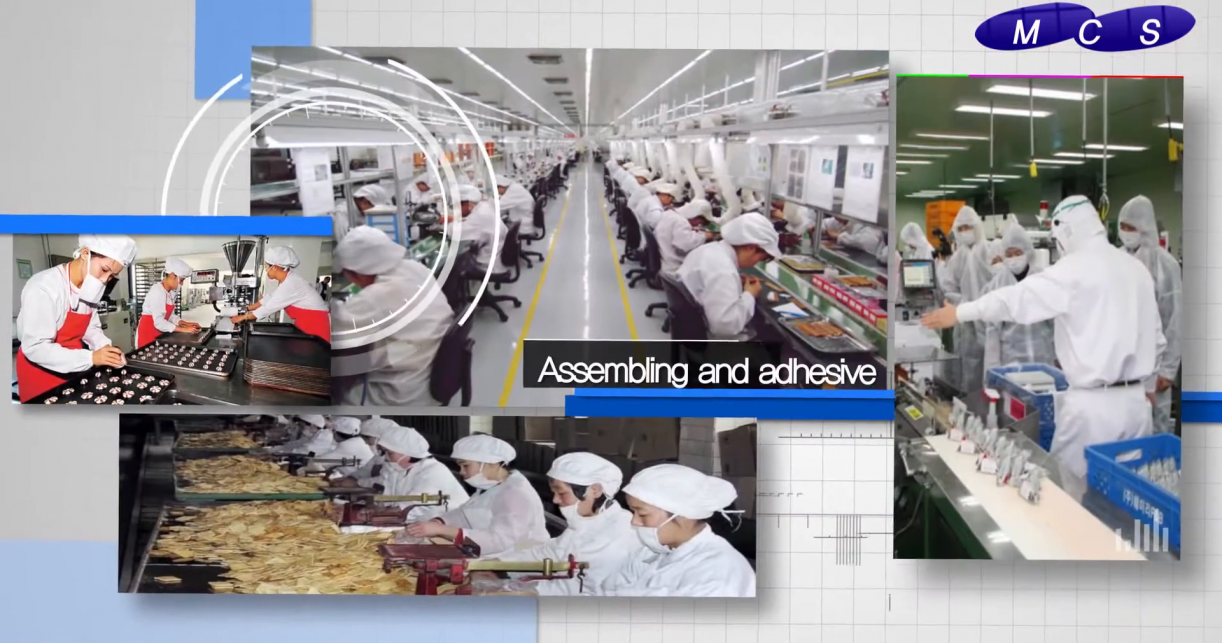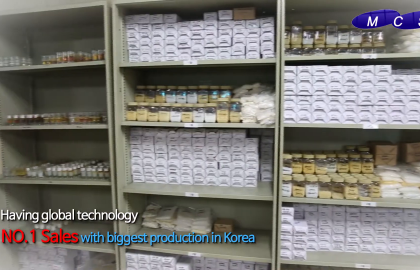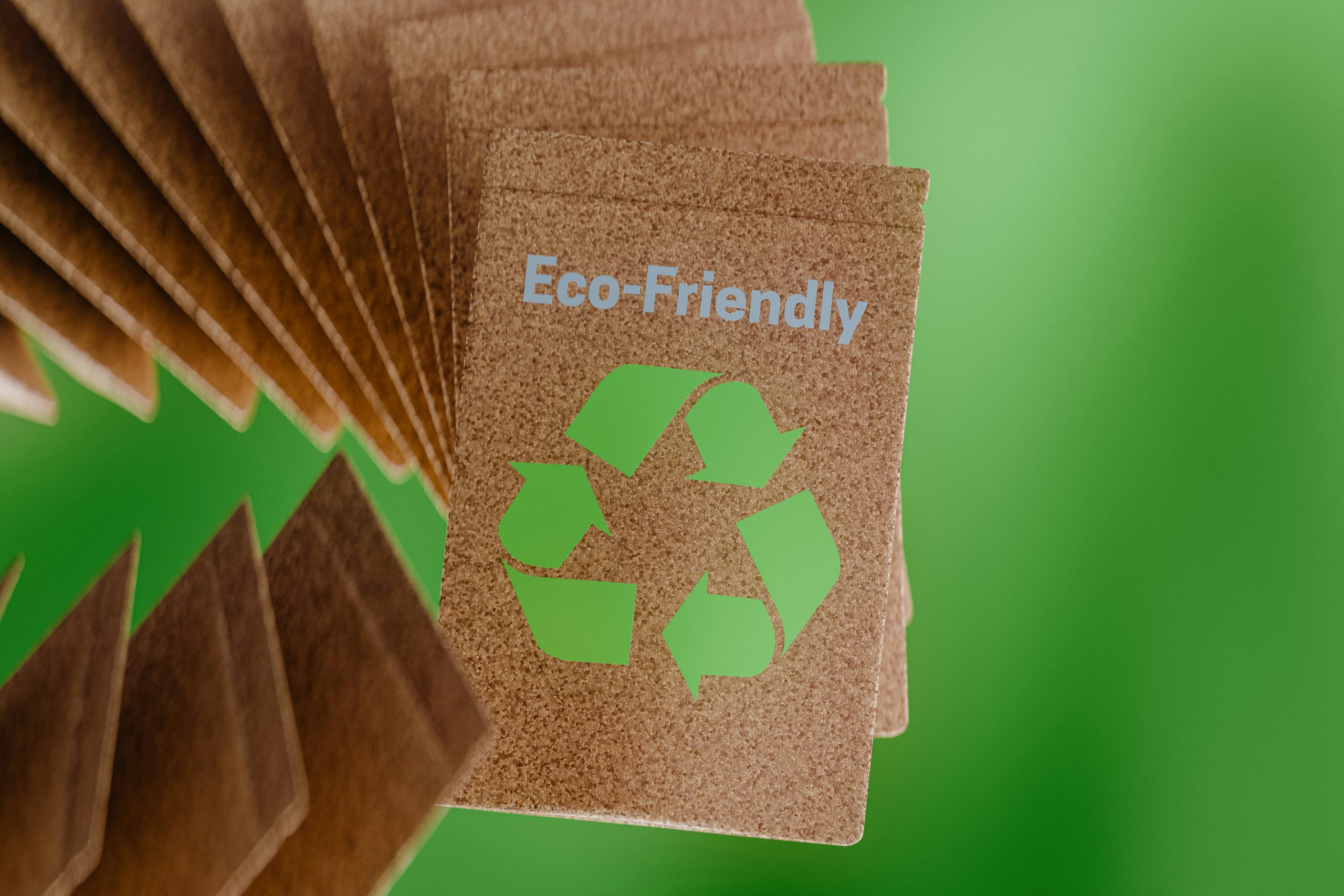
Assembly Implementations Using Hot Melt Adhesives
Hot melt adhesives have become an indispensable tool in various assembly applications due to their versatility, efficiency, and strong bonding capabilities. From furniture and appliances to automotive and electronics, hot melt adhesives play a crucial role in assembling components quickly and effectively.
This article explores how hot melt adhesives are implemented in different assembly applications, their advantages, and the industries that rely on them for production excellence.

Hot melt adhesives have transformed assembly processes across industries, offering speed, strength, and versatility. Whether in furniture, automotive, electronics, or appliances, these adhesives provide innovative solutions that streamline production and enhance product quality.
As technology advances, hot melt adhesives will continue to lead the way in creating efficient and sustainable assembly methods for the future.
Key Characteristics of Hot Melt Adhesives in Assembly
- Quick Bonding: Rapid setting times make assembly lines more efficient.
- Versatility: Suitable for bonding various materials, including plastic, metal, wood, and fabric.
- Durability: Strong bonds that withstand stress, vibration, and environmental factors.
- Clean Application: Minimal mess and easy handling during production.
- Cost-Efficiency: Lower operational costs compared to mechanical fasteners or other adhesives.
Advantages Over Traditional Fastening Methods
- Elimination of screws, nails, and mechanical fasteners, reducing assembly weight.
- Improved aesthetics with invisible bonding.
- Flexibility in design, as adhesives can bond irregular or non-uniform surfaces.
Applications of Hot Melt Adhesives in Assembly
- Furniture Assembly
Hot melt adhesives are widely used in furniture production for bonding and laminating components.
- Common Uses:
- Attaching wooden panels and laminates.
- Assembling joints and corners.
- Upholstery bonding for fabric and foam.
- Benefits:
- Provides a seamless and clean finish.
- Allows flexibility and quick repositioning during assembly.
- Automotive Assembly
The automotive industry relies heavily on hot melt adhesives for lightweight, durable bonding solutions.
- Applications in Vehicles:
- Attaching trim pieces, seals, and gaskets.
- Bonding interior components like dashboards and seats.
- Insulation and soundproofing applications.
- Advantages:
- Withstands high temperatures and vibrations.
- Reduces vehicle weight compared to traditional fastening methods.
- Electronics Assembly
In electronics, hot melt adhesives provide precise and secure bonding for delicate components.
- Common Uses:
- Securing circuit boards, wires, and connectors.
- Encapsulation of sensitive components for protection.
- Cable management in devices and appliances.
- Benefits:
- Non-conductive formulations ensure safety.
- Offers thermal resistance and shock absorption.
- Appliance Manufacturing
Hot melt adhesives are critical in the assembly of household and industrial appliances.
- Examples of Use:
- Sealing refrigerator insulation.
- Bonding components in washing machines and dishwashers.
- Securing glass panels in ovens or microwaves.
- Key Benefits:
- Moisture-resistant and long-lasting bonds.
- Quick application for high-speed manufacturing.
- Packaging Equipment and Tools
Hot melt adhesives are used in the assembly of packaging machinery and tools for robust bonding of parts.
- Applications:
- Assembling moving parts like conveyor belts and rollers.
- Securing safety panels and casings.
- Advantages:
- Ensures precision and long-term durability.
- Adapts well to continuous production lines.
- Plastics: PVC, polyethylene, polypropylene, and ABS materials.
- Metals: Aluminum, steel, and lightweight alloys.
- Wood and Laminates: For furniture and construction applications.
- Fabrics and Foams: Upholstery and cushioning materials.
- Glass and Ceramics: Secure, clean bonding for delicate surfaces.
Advantages of Hot Melt Adhesives in Assembly Lines
- Speed and Efficiency: Fast application and curing reduce production time.
- Enhanced Design Freedom: Eliminates the need for pre-drilled holes or precise alignments.
- Energy Savings: Operates at lower energy costs compared to curing ovens or other bonding methods.
- Improved Aesthetics: Creates invisible bonds for a polished, professional look.
- Environmental Friendliness: Many hot melt adhesives are non-toxic and recyclable.
Challenges in Assembly with Hot Melt Adhesives
- Temperature Sensitivity: Some adhesives may require specific environmental conditions.
- Material Compatibility: Proper adhesive selection is crucial to ensure compatibility with substrates.
- Operator Training: Proper handling and application techniques are essential for optimal results.
- Sustainability: Eco-friendly and biodegradable adhesive formulations are on the rise.
- Smart Adhesives: Integration with IoT and sensors for real-time monitoring in automated systems.
- Advanced Formulations: Improved thermal and chemical resistance for specialized applications.

